This is an image of Mars.
Click on image for full size
NASA/JPL
The Climate of Mars
Unlike that of the Earth, the Martian climate is significantly influenced by the eccentricity of the Martian orbit. In spite of the significant influence the orbit plays on Martian climate over the years however, the primary factor determining the climate of Mars, has been the presence of water near the surface, or lack thereof.
On a cold planet, frozen water can be trapped within the ground, like the frozen tundra of the Earth. This ground water can be released in periodic episodes when Mars undergoes changes in climate.
This phenomena may explain the evidence for running water seen on the surface of Mars. In all likelihood, over the history of Mars, water has been continuously drawn from higher underground latitudes to lower underground latitudes. This phenomena has to do with the unusual global geography of Mars, which helps scientists piece together the nature of the Martian cryosphere, or topography of frozen ground.
You might also be interested in:
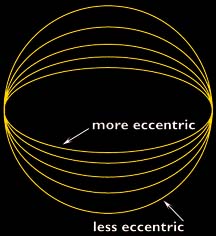
The Martian climate is more influenced by the shape of the Martian orbit than the climate of the Earth is influenced by the shape of the Earth's orbit. The orbit of Mars is more elliptical than that of
...more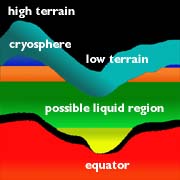
The unusual global geography of Mars helps to explain the fact that water has been drawn from the southern hemisphere to the northern hemisphere of the planet through all of Martian history (that is, from
...more
The Martian geography is one of high altitudes at high southern latitudes and low altitudes at low latitudes. The ground is less frozen at low latitudes because it is warmer and water can evaporate. Thus,
...more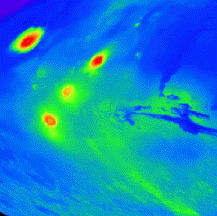
On this map of Mars, the lightly cratered Tharsis Ridge is shown, as well as the heavily cratered Martian highlands (near the bottom of the picture), and Valles Marineris to the right. The volcanoes are
...more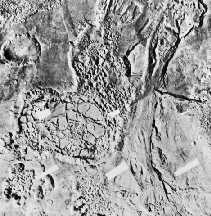
Separate from the Martian outflow channels, or the river valley networks, are large Martian lakes (600 km, or ~1000 miles across) which exhibit evidence of a periodic and catastrophic release of water
...more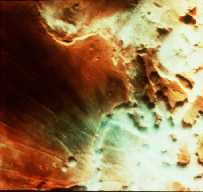
This is an image of fog in a Martian canyon. The presence of fog provides evidence of water, and a water cycle on Mars. More fog has been seen in images returned by Mars Global Surveyor of the south polar
...more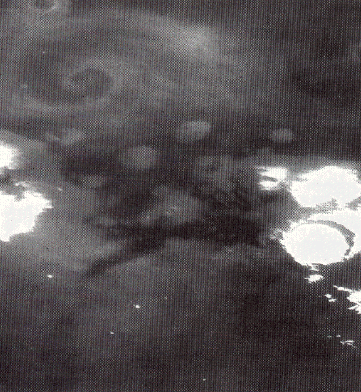
This is an image of a storm moving across the Martian terrain. The camera is looking down upon the storm and the storm front forms a spiral pattern, the same way terrestrial storms are presented on the
...more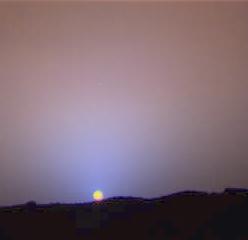
This is image of a Martian sunset illustrates just how thin the Martian atmosphere is. The terrestrial "blue sky" comes about because molecules of the atmosphere scatter sunlight. In this image, the Martian
...more














